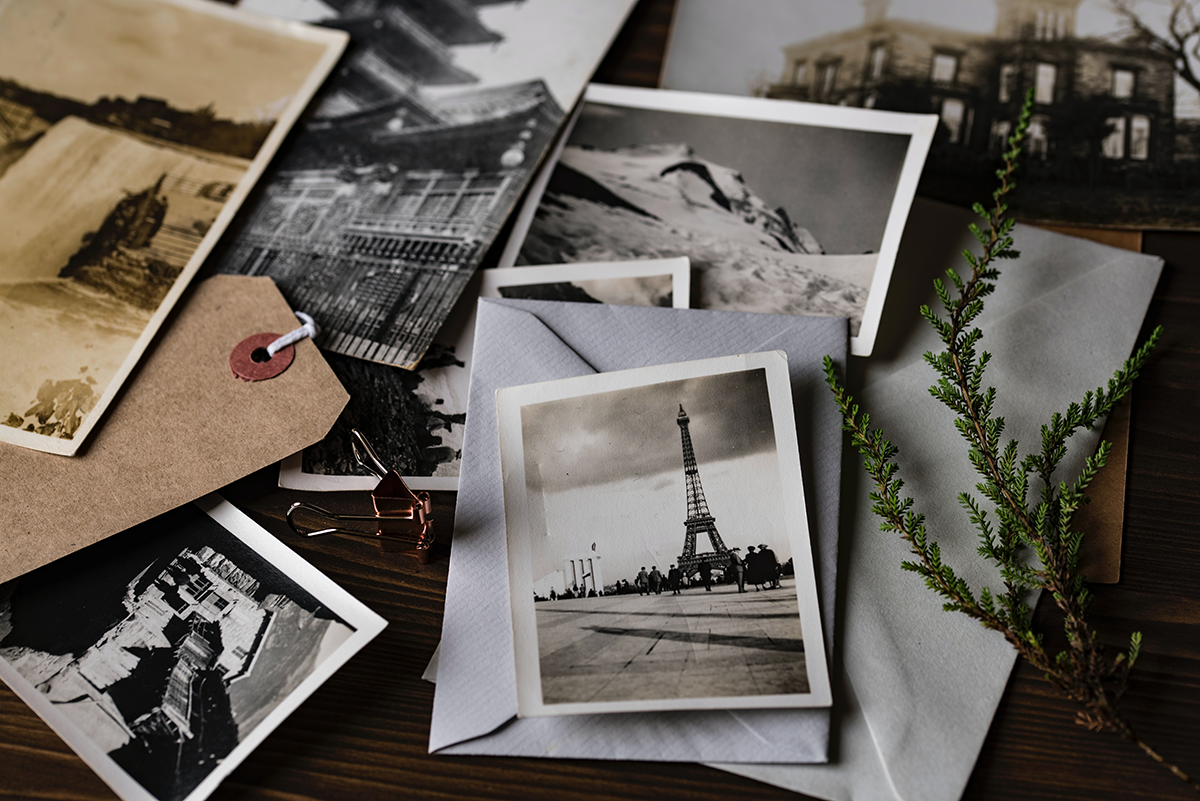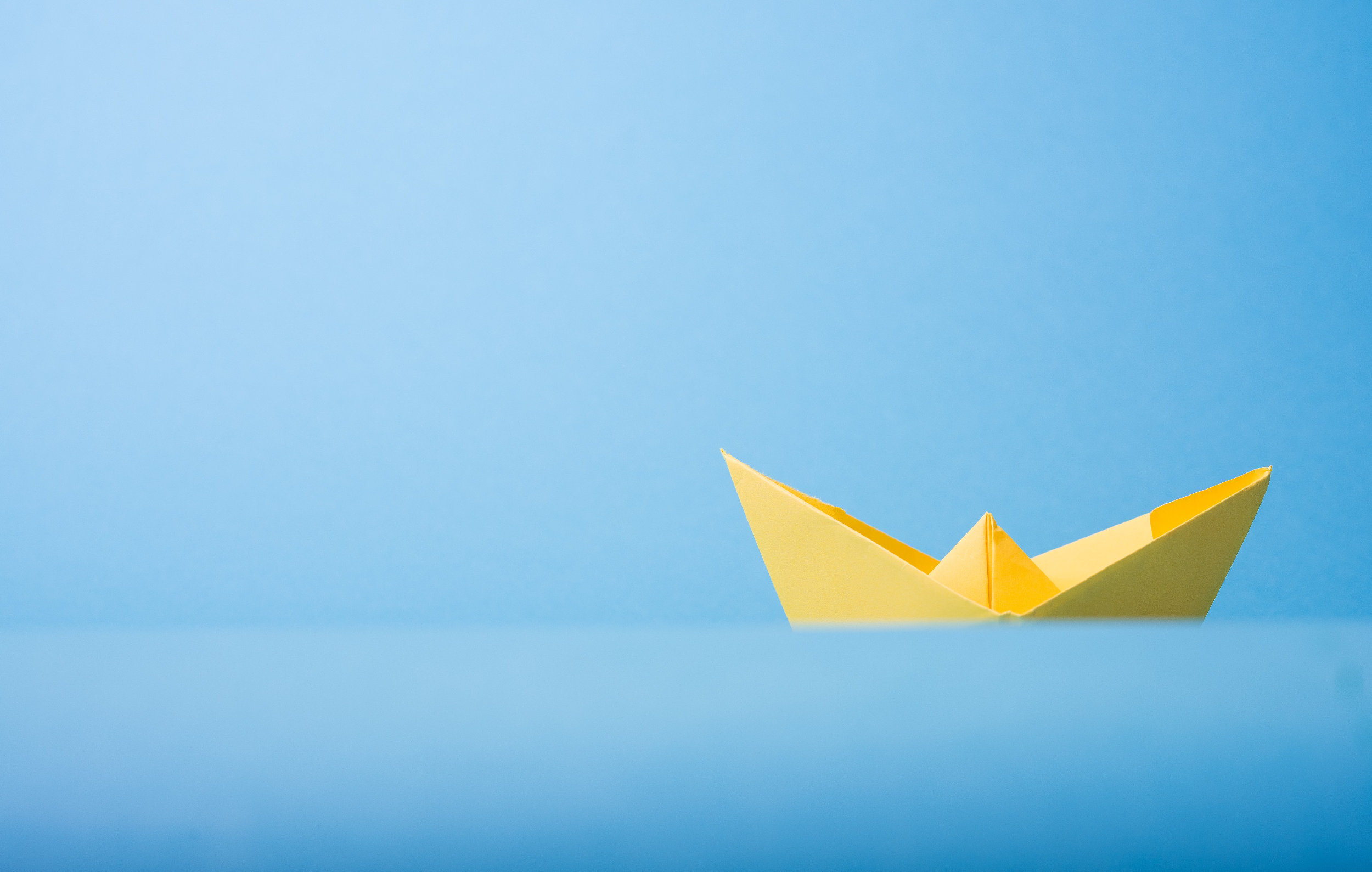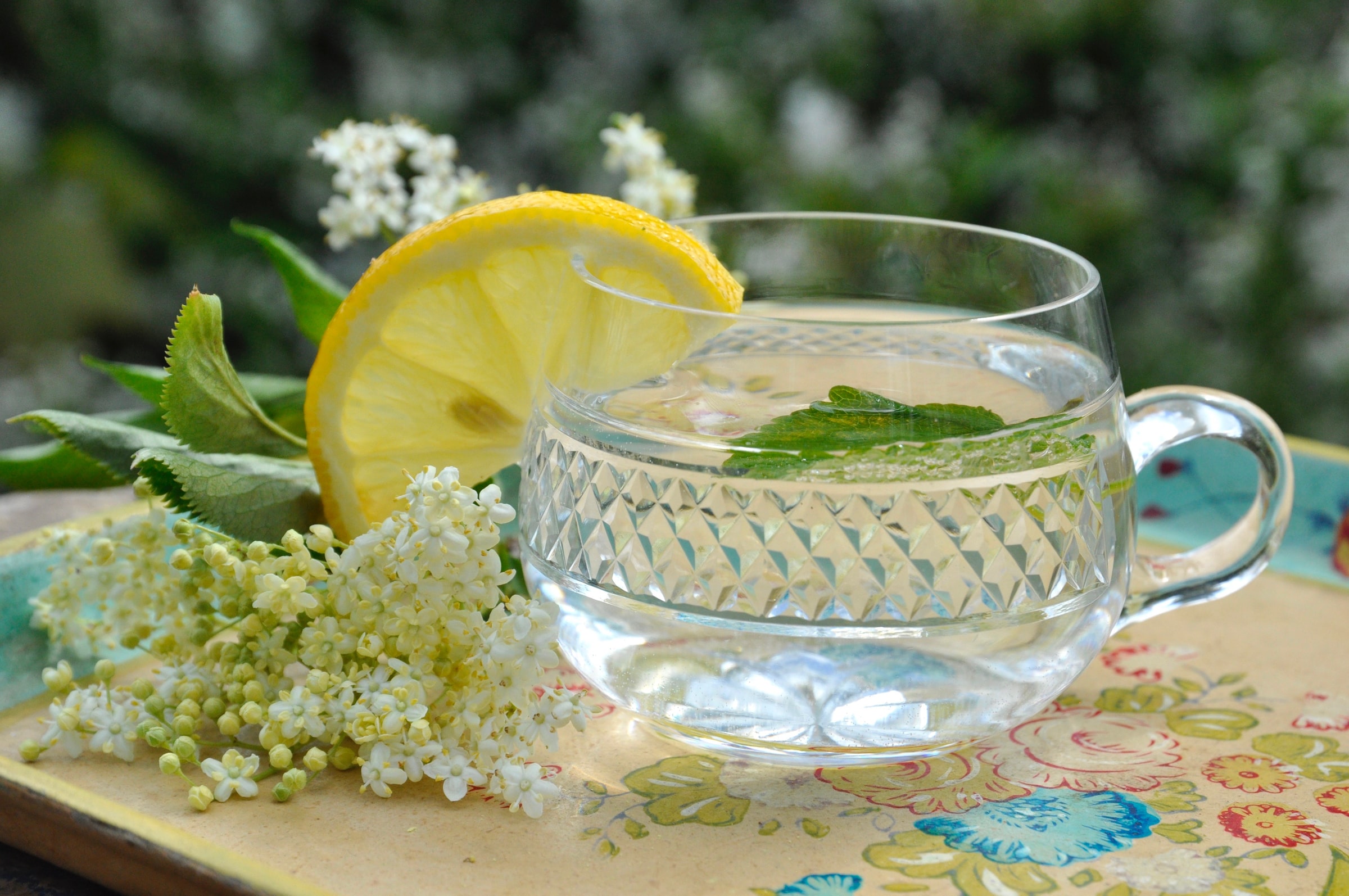Capturing Memories

Our most special personal memories usually stay in our minds forever, but over time these memories can fade, and sadly for some people disappear altogether. But by recording them with photographs, videos and journals it’s amazing how the minute details that you might easily forget can be captured.
It’s not just you who will enjoy reliving these memories, future generations of your family will also be interested. Even through the difficult times, there will be moments of hope; just as we asked our parents, grandparents and great grandparents, “What it was like living through the war?” Future generations may ask us, “What was it like living through Covid?” Despite it all we can remember the discovery of new green and open spaces, the appreciation of our own gardens, and balconies. Our gratefulness for the work of the NHS and other frontline workers, the amazing volunteers, so many unexpected acts of kindness, and the joy and relief when family members could meet again.
We create memories using all our senses, the taste of sand mingling in our sandwiches at the beach, the wonder of a beautiful vista when we see it for the first time, whether it is the excitement of that first glimpse of blue as we approach the sea, or the beauty of something really special like the first view of a famous landmark. The sensation of touching something soft and comforting, of hearing birdsong, or evocative music.

Your personal memories will involve all your senses and become a precious part of capturing that memory. If you talk to your elderly relatives you will soon hear how their senses are involved. Growing up in Cornwall, my family had a small market garden and one of my earliest memories was seeing bunches and bunches of anemones being packed in a box to send to London, I can still remember the sensation of touching the very soft centre of the flowers and the jewel-like colours as they were packed away. Whenever I see anemones today that memory comes flooding back.
Most of us now use our phones for taking pictures, but what about those photos that were taken with a film camera?
If you have been clearing out your own clutter, or a family home you may have come across a box of old photographs. These treasured memories represent a time when photography was a special occurrence for families, and if there are people in the family who remember the photographs you could make their accounts part of a journal. Before digital cameras and smart phones, film photography was the main way of capturing happy memories. But it was full of uncertainty, you never quite knew what had been captured, there wasn’t the luxury of taking a shot and immediately viewing it, films had to be sent away to be processed, or taken to a chemist, or photography shop.
We lived in dread of the sticker on the photograph declaring it was out of focus, or another fault. With film photography it was also possible to take double exposure, where the film was rewound, or reused by accident and the most bizarre results would occur, e.g. someone sitting at a birthday table with their cake sitting in the middle of the sea! This is why if you do find a collection of beautiful film photographs they should be carefully preserved as memories like these are part of your family history and can be saved for future generations.
There are many ways of recording your memories, keeping a journal, creating a scrapbook, or photo album, but don’t just rely on social media or technology, print out the special photographs, keep physical souvenirs, you will be amazed how much richer the memories become when you can touch and see the detail of these special events, Even though we are always being encouraged to clear our clutter, special items should always be treasured, as they are part of the rich tapestry of .your heritage.
If you talk to the older generation who have kept diaries throughout their lives they love to spend time reading their entries and remembering happy days. If they have photographs as well this can be even more meaningful.
If you find black and white photographs that are damaged it is possible to get them restored using a professional restorer, or it may be possible to restore them yourself taking great care.
If the collection of photographs are of travel, these can be displayed in many different ways; they can be mounted in picture frames taking a particular theme, e.g. sunsets, seascapes, gardens etc. Another way of displaying them is to focus on a particular place and include other souvenirs like maps, receipts from shops or restaurants, business cards from artisans, brochures, tickets etc. If you have missed travelling because of the pandemic this can be a wonderful way of remembering all the good times and building hope for the future.
Another way of preserving photographs is to scan them into your computer and save in a digital file. This can also give you the option of having them professionally turned into a photobook.
You may also come across other forms of photography, Hi8, and cine films, these are particularly magical as they represent a step back in time and often were only used to record really special moments, weddings, christenings, a baby’s first steps, a family holiday. These can also now be converted into digital media.
Whatever you find try and keep them safe, away from dust and protect them for the future.
Creating new traditions can also add to your tapestry of memories, special games that you enjoy playing together, jigsaws left out for everyone to complete, making or baking together, arranging to meet friends on a regular basis, taking time to visit museums, galleries, exhibitions, celebrating special events, hopefully planning holidays again.
Capturing the very best memories, remembering happier times and striving to enjoy even the simplest of pleasures can also bring joy on the darker days.



